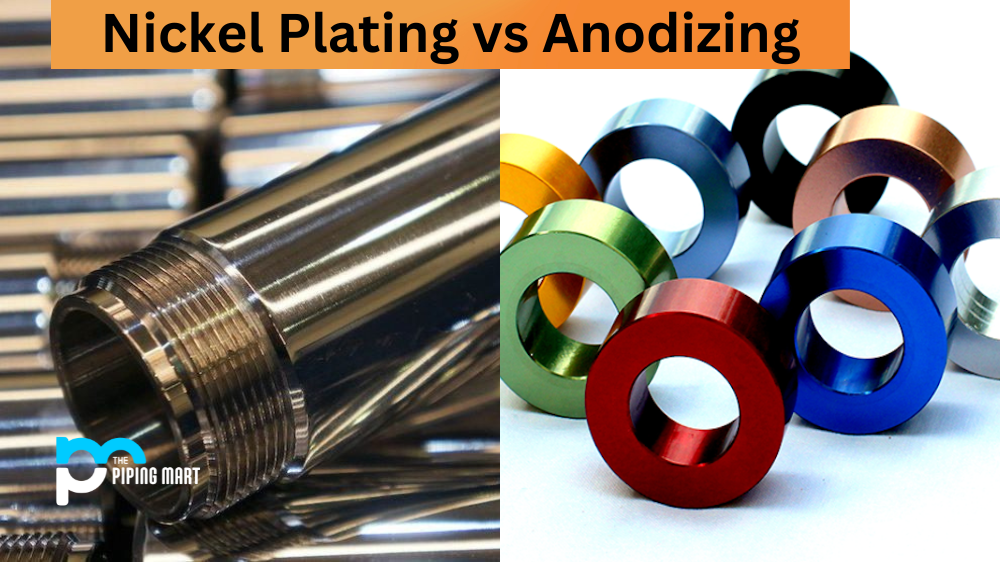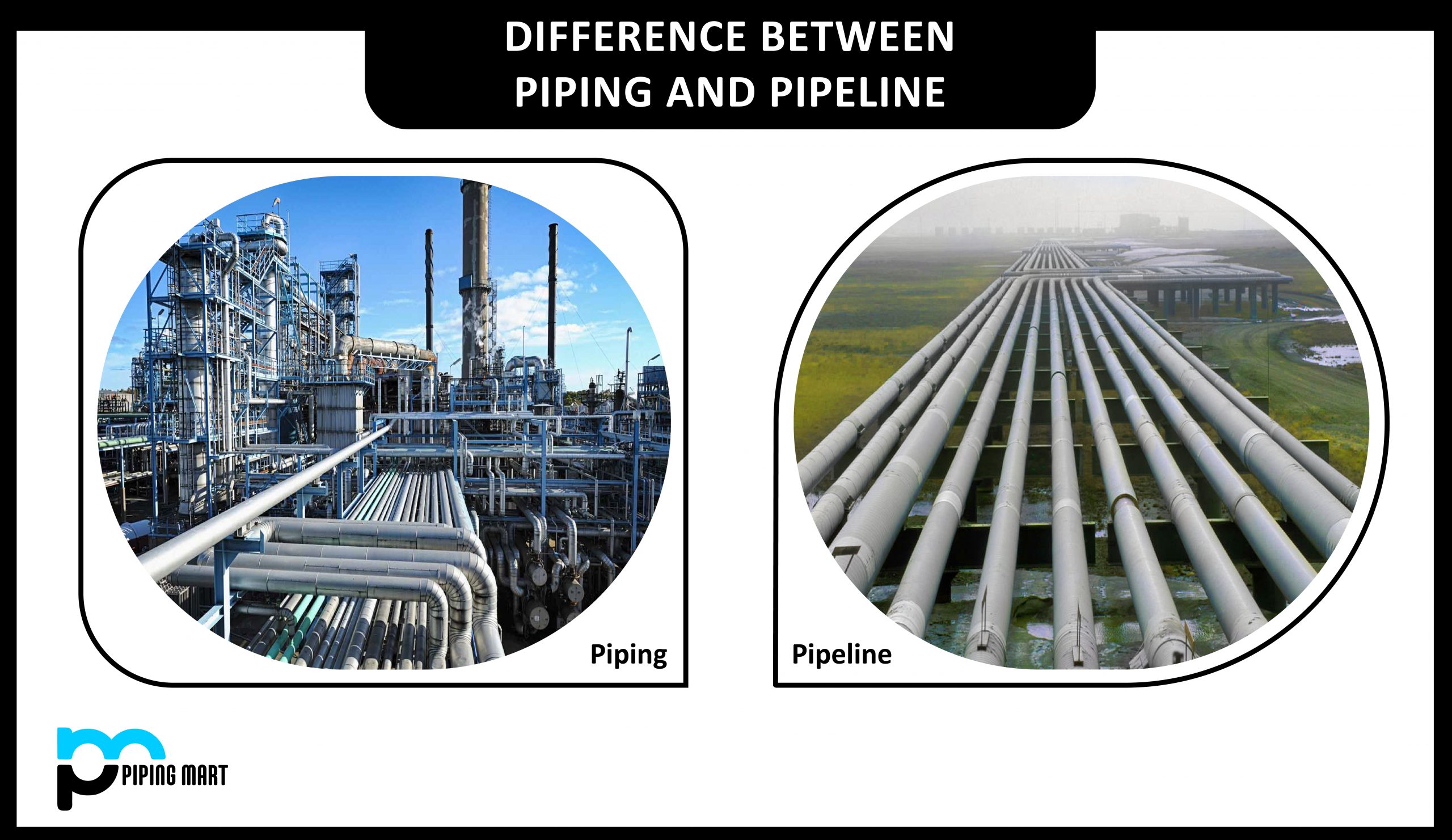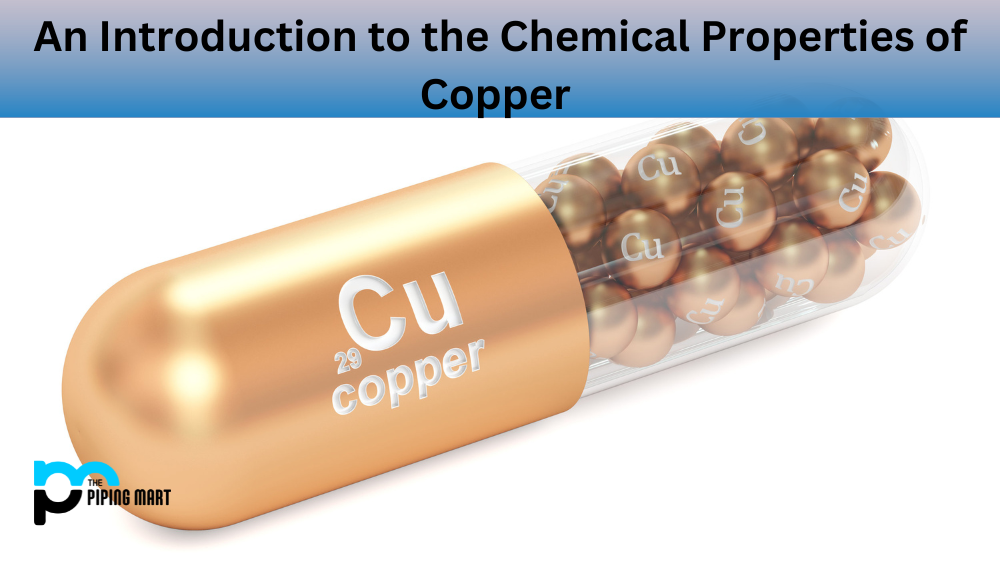Choosing the right plating or anodizing process for your metal components can be a tricky decision. Knowing the differences between nickel plating and anodizing is essential in determining which process is right for you. Let’s take a look at both processes and how they differ.
Nickel Plating
Nickel plating is the process of adding a thin layer of nickel to an object. This layer helps protect the object from corrosion, wear and tear, and other environmental damage. It also adds a nice aesthetic sheen to the object. Generally speaking, nickel plating offers superior protection compared to other types of plating, but it does require some upkeep as it can start to peel off over time if not cared for properly. It’s also important to note that nickel plating cannot be used on certain metals, such as aluminium or zinc, due to its high reactivity level with these metals.
Anodizing
Anodizing is a process that uses electricity to coat metal surfaces with an oxide layer. This oxide layer serves two main purposes: it prevents corrosion by providing a barrier between the metal surface and the environment, and it adds strength and durability by making the surface harder than before it was anodized. Anodizing also offers better protection against wear and tear than some other finishing processes, making it ideal for objects that will need to withstand heavy use over time. The downside of anodizing is that it generally costs more than other types of finishing processes due to its complex nature.
Difference Between Nickel Plating and Anodizing
- Nickel plating is a process in which a layer of nickel is applied to a metal surface in order to protect it from corrosion or wear.
- Anodizing is a process in which a metal surface is coated with an oxide film in order to protect it from corrosion or wear.
- Nickel plating is more expensive than anodizing.
- Nickel plating offers better protection against corrosion than anodizing.
- Nickel plating offers better protection against wear than anodizing.
Conclusion:
Nickel plating and anodizing are two popular finishing processes used on metal components today. Each has its own set of benefits, drawbacks, and costs associated with them—so it’s important to weigh these factors carefully when deciding which one is right for your project. While nickel plating offers superior protection against corrosion, anodization provides increased durability in addition to protecting against corrosion. Ultimately, both processes are great options depending on your needs—so make sure you do your research before making a final decision!

Pipingmart is a B2B portal that specializes in metal, industrial and piping items. Additionally, we share the latest information and information about materials, products and various types of grades to assist businesses that are involved in this business.




